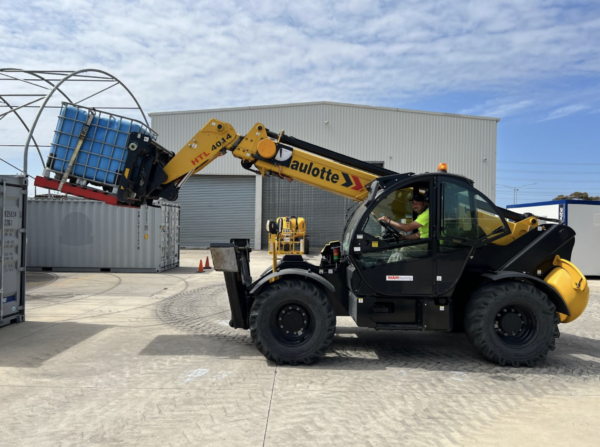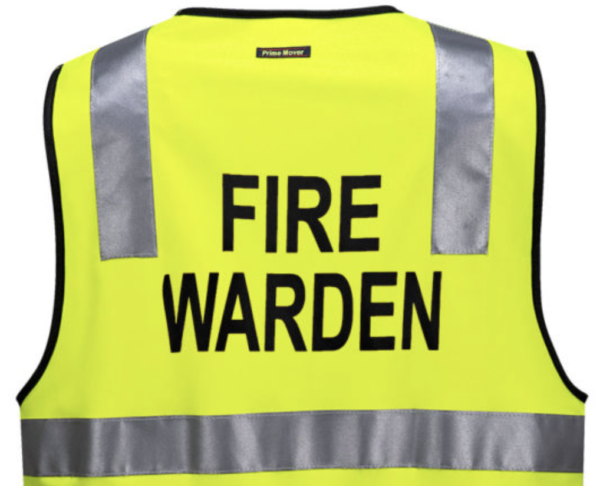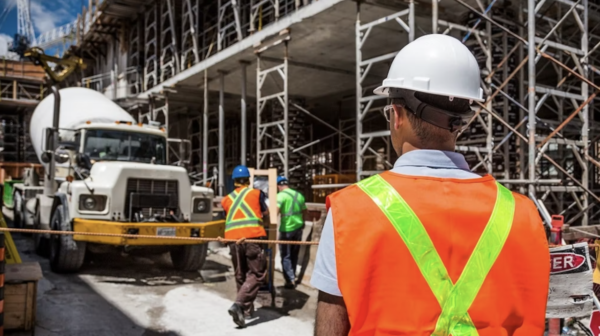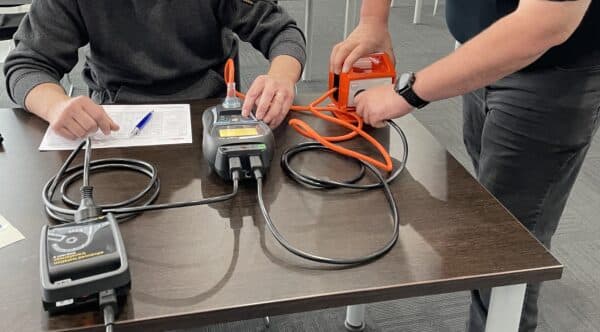
Under Australian Occupational Health and Safety laws it is the employers responsibility to provide a workplace that is safe and without risk to the health of their employees. To ensure you comply with this requirement you must do the following:
- Identify the First Aid risk level of your workplace
- Decide on whether the Prescribed Approach or the Risk Assessment approach will be used by your workplace to ensure employees are safe and without risks to health
- Consult with employees, Contractors, Health and Safety Representatives and any other stakeholder within your workplace
- Ensuring appropriate Workplace First Aid measures are in place in line with the level of risk to employees health
- Providing suitably trained and skilled first aid offices
- Providing appropriate First Aid kits and resources for the work undertaken and the type of risks your employees are exposed to
- Provide adequate signage to enable employees to locate First Aid facilities, equipment and personnel.
1. Identify the First Aid Risk Level of a Workplace
Identifying your level of risk to the health and safety of your employees will relate directly to how, what and where you implement your First Aid response.
Low Risk First Aid Workplaces
Low risk workplaces are not likely to be exposed to the types of injuries that high risk first aid workplaces are. Typically, any First Aid treatment that could occur on site would not require any follow up medical treatment.
Workplaces where medical assistance or ambulance services are readily available could also be considered a low risk First Aid Workplace.
A good example of a low risk First Aid Workplace would be a retail shop, an office or a library.
High Risk First Aid Workplaces
A high risk workplace according to the Victorian Compliance Code is a workplace whereby a risk of serious injury could occur. These injuries include:
- amputation of a body part
- a head injury such as altered consciousness or a fractured skull
- an eye injury or any loss of sight
- scalping or degloving
- electric shock
- a spinal injury
- fractures
- the loss of a bodily function (I.e. loss of hearing, sight or movement of a limb)
- lacerations requiring medical attention
Good examples of high risk First Aid workplaces are Manufacturing facilities, Forestry operations, medical research facilities, commercial kitchens or meatworks.
2. Choose Your First Aid Compliance Approach.
Whether your First Aid risk rating is considered low or high you have 2 options to comply with the Victorian Compliance Code. They are either the prescribed approach or the risk assessment approach.
Prescribed Approach
The prescribed method clearly outlines the ratio of first aid resources you need to provide for your workplace. This includes first aid trained personnel, First Aid kits (Including what they contain), First Aid rooms, access to medical services and other First Aid equipment.
All low risk workplaces can elect to choose the prescribed approach option. If you choose to use the prescribed approach you must follow all recommendations as set out in the Victorian Compliance Code.
Risk Assessment Approach
Even if your First Aid risk rating is low, you can still elect to use the risk assessment approach option to determine the First Aid equipment, facilities and resources you require on your worksite.
If your First Aid risk rating is high, you should use the Risk Assessment approach for your workplace to determine the First Aid equipment, facilities and resources you require on your worksite.
The Risk Assessment approach allows companies to implement their own tailor made solutions for dealing with their First Aid requirements.
3. The Importance First Aid Employee Consultation
Consultation with employees, contractors, Health and Safety Representatives is important for many reasons and if completed correctly produces really effective and positive outcomes. Consultation on matters relating to health and safety is also regulated in law, therefore all aspects of your first Aid procedures, facilities and resources must be included in your consultation process.
Consult with employees, Contractors, Health and Safety Representatives and any other stakeholder within your workplace.
4. Identify the Workplace First Aid Measures Appropriate for Your Workplace
Trained First Aid Personnel
As a minimum, the Victorian Compliance Code stipulates that all First Aid trained employees must hold a nationally recognised statement of attainment issued by a registered training organisation.
How Many Trained First Aid Personnel Does My Company Need?
In low-risk workplaces, employers will be considered to comply by providing:
- one first aid officer for 10 to 50 employees
- two first aid officers for 51 to 100 employees
- an additional first aid officer for every additional 100 employees
In higher risk workplaces, employers will be considered to comply by providing:
- one first aid officer for up to 25 employees
- two first aid officers for 26 to 50 employees
- an additional first aid officer for every additional 50 employees
First Aid Kit Contents
When using the risk assessment approach the employer will need to determine the appropriate type, quantity and contents of their own First Aid Kits. If you are using the prescribed approach an itemised list of the contents a first aid kit needs to contain, is provided in the Victorian Compliance Code.
How Many First Aid Kits Does My Company Need?
In low-risk workplaces, employers will be considered to comply by providing:
- one first aid kit for 10 to 50 employees
- one additional kit for every additional 50 employees up to 200
- one additional kit for every 100 additional employees above 200
In higher risk workplaces, employers will be considered to comply by providing:
- one first aid kit, including specific first aid kit modules, for up to 25 employees
- two kits, including specific first aid kit modules, for up to 50 employees
- one additional kit, including specific first aid kit modules, for every additional 50 employees
First Aid Room requirements
Where a first aid room is provided by an employer, the usage of the first aid room must comply with the following:
- The First Aid Room is made available for first aid purposes as its primary function
- Big enough to carry out first aid effectively as well as being well lit and well ventilated
- Easily accessible and close to an exit to enable quick transfers of any patients to an ambulance
- The First Aid Room needs to be controlled by an adequately trained First Aid Officer
The First Aid Room should also have the following First Aid equipment:
- A resuscitation mask or face shield (With a one way valve)
- Disposable face masks
- A sink or wash basin with hot and cold running water is preferred. If not possible hand sanitiser and paper towel needs to be provided
- A work area or bench, storage facilities and a dressing trolley
- A hazardous waste container
- A sharps container
- Electricity and power points
- A waterproof examination couch and sets of disposable sheets
- A First Aid kit and any additional First Aid modules suitable to your workplace
- A desk, chair and access to a phone
- Signage to identify the First Aid room, display emergency telephone numbers and emergency First Aid procedures
Providing additional items such as eye protection and an Automated External Defibrillator (AED) may also be appropriate.
How Many First Aid Rooms Does My Company Need?
The provision of a first aid room will depend on the type of workplace and the number of employees and other persons. Employers will be considered to comply by providing a first aid room in:
- low-risk workplaces with more than 200 employees
- higher risk workplaces with more than 100 employees
5. Ensure Suitably Trained First Aid Officers
In order to ensure the Health and Safety of your workforce you need to have suitable trained First Aid personnel to not only deal with providing First Aid response but to also provide their experience, expertise and skills to establish, maintain and monitor your First Aid procedures, facilities and resources.
When ascertaining the numbers of trained First Aiders on your site you need to consider maintaining coverage across all shifts and allowing for holidays taken by trained First Aid personnel.
All First Aid trained employees must hold a nationally recognised statement of attainment issued by a registered training organisation.
6. Make Adequate First Aid Resources Available
Having regard to the type of working environment your employees are exposed to you are required to make available adequate First Aid resources to deal with the type of First Aid incidents that could occur on your worksite, having regard to the following:
- The nature of the hazards that your employees are likely to be exposed to and the type of injury that could result
- Size and layout of your workplace
- Previous history of know injuries and occurrences on your worksite or similar worksites
- Location of your worksite and the proximity to emergency medical support services
- Availability of suitable trained First Aid officers
7. Install adequate First Aid signage
The final step is to ensure your First Aid facilities and resources are adequately signed to enable clear and easy access when needed. All employers need to ensure that all First Aid facilities are well signed and clearly visible.
Employers also need to display the telephone numbers of your local emergency and medical services, as well as photographs and phone numbers of your onsite First Aid officers.
Additional signage requirements may also apply. To establish your signage requirements, refer to Australian Standard AS 1319 Safety signs for the occupational environment.
Where can I find information on First Aid Courses?
Head on over to WAM Training’s First Aid Course Page for more information.





